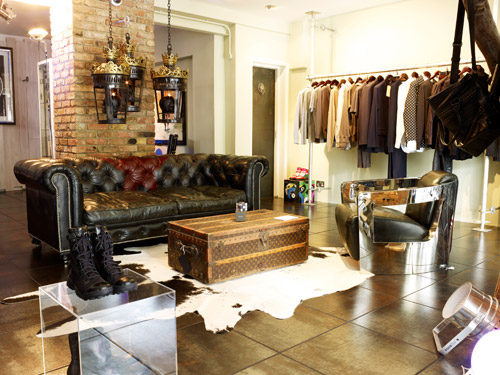QUIZLET!!
Targeting a specific market
If retailers do not define their market, they can satisfy none.Market Research - actual and potential customers
Rethinking the market mix!
MERCHANDISING POLICIES
OPERATIONAL POLICIES
Differentiating from Competitors
• Direct Competition - between 2 retailers using same business format
• Indirect Competition - between retailers using different formats to sell the same type of merchandise
• Vertical Competition - between business at different levels of the supply chain
• Lifestyle Competition - business that compete for consumer dollars, but have a totally different product, like restaurants or movie theaters.
DIFFERENTIATORS - Those factors that distinguish a business from its' competitors.
Merchandise - unique merchandise, targeted productsValue - best merchandise for least money
Convenience - extended hours, one stop shopping, accessible location
Services - personal attention, lay away, bridal registries
Store Atmosphere - pleasant, clean, cool, fun, upscale
Others - meeting changing consumer needs
Presenting an Image
A retailer's image is how the public perceives the company. It's like a personality, and can be very influential in attracting and satisfying customers.
Merchandise fashion level - (high end offer items earlier in their fashion cycle, discounters later)
Services
Physical environment - Ambiance
Employees - appearance and attitude
Promotion should put forth the image.
Sometimes it is necessary to change the image.
Brand Reposition
Brand Relaunch
Brand Revitalization
Targeted policies build the correct image.
Product Strategy
Products are goods and services. The Product Mix is the entire selection of goods and services.
Merchandise Selection:
Assortment breadth - the number of different catagories of merchandiseAssortment depth - the quantity of items offered.
• broad and shallow
• narrow and deep
• moderate breadth and depth
Service Selection
What are services?
Price Strategy
A retailer's pricing policy must be in tune with their image.The right price brings about the sale, generates a profit, satisfies customer expectations and meets competitive situations.
Price/Quality Relationship
Quality and price usually, but not always, correlate.•Prestige pricing - setting a high price for consumes that want quality or the status of owning expensive and exclusive merchandise
• Price promoting - advertising price reductions to bring in shoppers. Can be "loss leaders," but increase traffic
Specific Pricing Approaches
Most retailers seek high markups on low volume, or low markups on high volumes• Value pricing - pricing below price suggested by vendors
• Everyday Low Pricing (EDLP) - few promotions, low price guarantee. Security over excitement as the draw for the consumer
Place Strategy
Site Location
Should reach target market, be convenient and accessibleStore Clusters
• Central Business Districts - traditional, town-center type of areas. Appeal to city consumers, workers on break, tourists and business visitors.• Neighborhood Shopping Centers - 5-15 businesses in a building cluster. Strip malls are a variety.
• Community Shopping Centers - 5-50 stores, usually anchored by a primary store (department store or supermarket) Designed for convenience.
• Regional Shopping Centers - Malls
• Super-Regional Centers - really big malls, that attract customers from up to 25 miles away
Market Coverage in Site Selection
• Intensive• Selective
• Exclusive
Facilities Design
The visual identity of a store should support its' image.• Exterior
• Interior





















No comments:
Post a Comment